This place was once a prosperous metropolis, with merchant ships from many Western and Eastern countries regularly coming in and out to trade.
The process of forming and completing the Vietnamese national script took place over a period of about two centuries. Researchers, based on existing documents, have divided the process into four periods: embryonic, forming, developing and completing. The port city of Nuoc Man in the early 17th century was the place where the Vietnamese national script was conceived and created.
In early 1618, Jesuit priests Francesco de Pina, Francesco Buzomi and Cristoforo Borris from Hoi An came to Nuoc Man under the accompaniment of the governor Tran Duc Hoa. At that time, a church was built at this port and the priests carried out missionary work here.
Father Pina, although he arrived in Vietnam later than some other missionaries, was the first European to speak Vietnamese fluently. The first translations of Christian texts into Vietnamese date back to 1618 and Pina played a major role in this translation work with the effective help of a Vietnamese writer who was well versed in Chinese characters.
According to researcher Nguyen Thanh Quang, the first known document about the Quoc Ngu script is the notes of Priest Cristoforo Borris printed in the book “Report on the Dang Trong Mission” published in Italian. Although first published in 1631, the Latinized Quoc Ngu script in this document was used by him to record from the years in Dang Trong when he lived in Nuoc Man with two priests Bozomi and Pina.
It is worth noting that Borris's Quoc Ngu script at this time did not have strict rules, there were Italian phonetic transcriptions, Portuguese phonetic transcriptions and no tone marks, except for the grave accent available in Italian: Cacciam (Ke Cham), Nuoecman/Nuocnon/Nuocman (Nuoc Man), omgne (Mr. Nghe), Chiuua (Lord), Chiampa (Champa), ciam (chang), doij (hungry), con gnoo (small child), da an het (eaten all), scin mo caij (ask for one)...
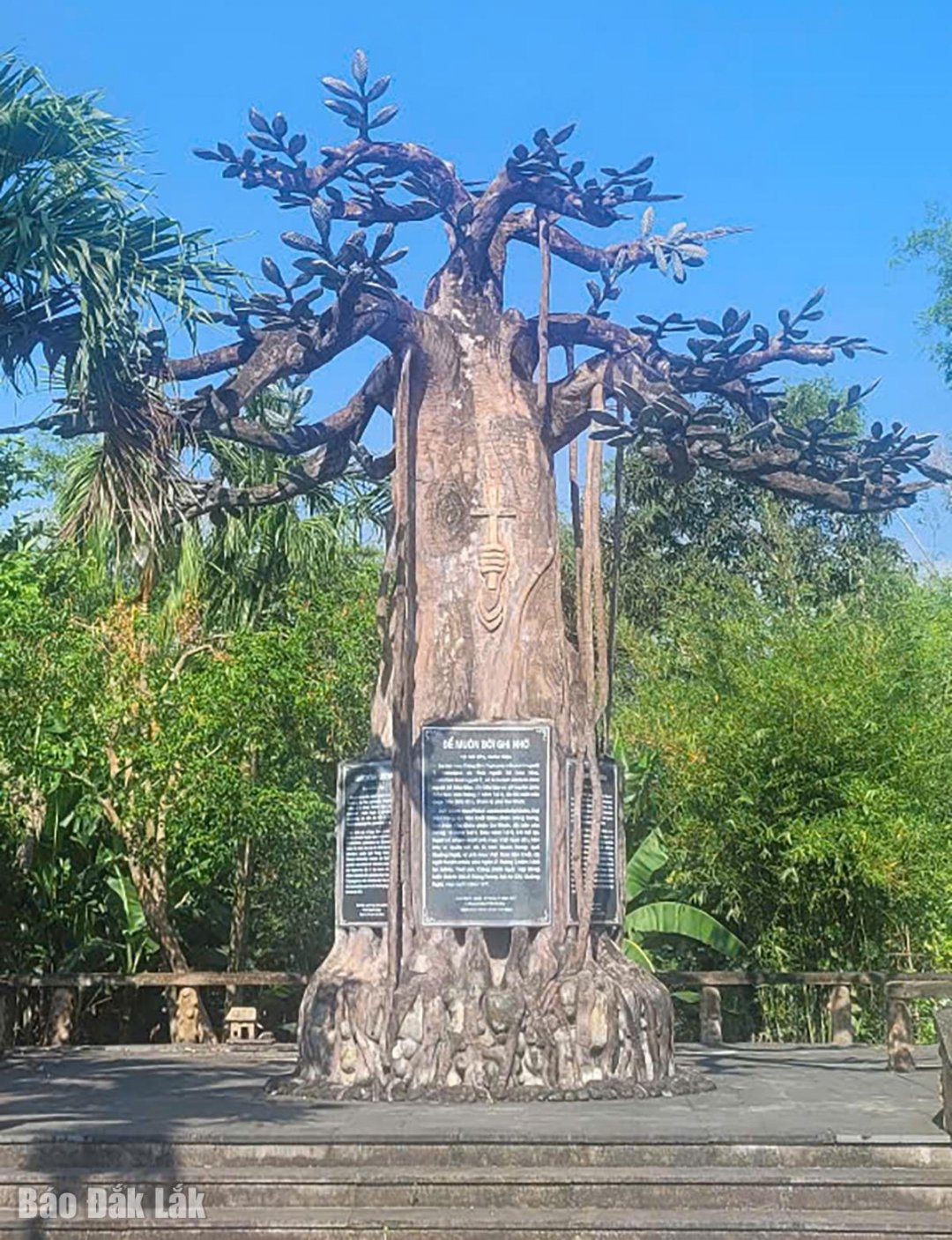 |
| Symbol of the first missionary base in Dang Trong - the birthplace of the national language. |
The first handwritten documents in Quoc Ngu written by missionary priests in Dang Trong that are still preserved are the letter of Francesco de Pina written in 1623, the letter of Alexandre de Rhodes written in 1625, the report of Gaspar Luiz written in 1626 and the letter of Francesco Buzomi written in 1626.
Alexandre de Rhodes came to Vietnam in late 1626 and made great contributions when his three works in Quoc Ngu: "Eight-day Teaching", "Vietnamese Grammar" and "Vietnamese-Portuguese-Latin Dictionary" were printed in 1651. At the beginning of the 20th century, Quoc Ngu began to be officially used in Vietnam, the history of Quoc Ngu was traced and Alexandre de Rhodes was soon recognized as the founder of transliterating Latin into Vietnamese and Hoi An, Thanh Chiem, Da Nang, Quang Nam were considered the cradle of Quoc Ngu.
However, researchers believe that the creation of the National Language was a process, a collective work of many Western priests. The first stage must include the contributions of Francesco de Pina, Francesco Buzomi and Cristoforo Borris. The contributions of other priests such as Gaspar do Amaral, Antonio Barbosa and especially Alexandre de Rhodes belong to the later stages - the stage of formation, development and completion of the National Language.
The three main places where Jesuit missionaries lived and preached in Dang Trong in 1615 were Cua Han ( Da Nang ), Hoi An - Thanh Chiem (Quang Nam) and Nuoc Man (Binh Dinh); of which, Nuoc Man was the headquarters of the Jesuit congregation and Father Superior Buzomi. The first translations of Christian texts into Vietnamese were from 1618. The three Jesuits who were present at the Pulucambi mission (Quy Nhon) at that time, who carried out the translation at this time, were Francesco de Pina, Francesco Buzomi and Cristoforo Borris, under the supervision of Father Francesco Buzomi. It can be said that Father Buzomi and two priests in his congregation, Pina and Borris, were the pioneers in the creation of the Quoc Ngu script. Their missionary activities and their study, research and transcription of the Quoc Ngu script all took place in Nuoc Man.
The National Language is a phonetic script, so it is able to be popularized and spread quickly, convenient for learning and popularization. The birth of the National Language creates the basis for expanding the function of Vietnamese, becoming the national script, an effective tool to preserve and develop Vietnamese culture, contributing to making Vietnam's national studies and literature reach a new level, more modern and scientific . The birth of the National Language and the Vietnamese people's acceptance and transformation of it into the national language is a great event in the history and culture of the nation. The contributions of the priests Francesco de Pina, Francesco Buzomi and Cristoforo Borris are immense, and should be fully recognized and honored.
Before 2011, after discovering a laterite structure in Mr. Vo Cu Anh's garden (An Hoa village, Phuoc Quang commune, Tuy Phuoc district, Binh Dinh province), experts identified this structure as the location of the Nuoc Man mission built in 1618. In 2011, after completing legal procedures, the Quy Nhon Bishopric built the Symbol of the first missionary base in Dang Trong - the place where the Quoc Ngu script was born, to recognize the place that was once the first missionary base in Dang Trong and also the place where the Quoc Ngu script originated.
This place was ranked as a historical relic: "Nuoc Man - the birthplace of the Vietnamese script" in November 2017 and has now become a cultural and historical destination for domestic and foreign tourists.
Ngo Hong Son
Source: https://baodaklak.vn/van-hoa-du-lich-van-hoc-nghe-thuat/202505/nuoc-man-noi-phoi-thai-chu-quoc-ngu-9f301a4/


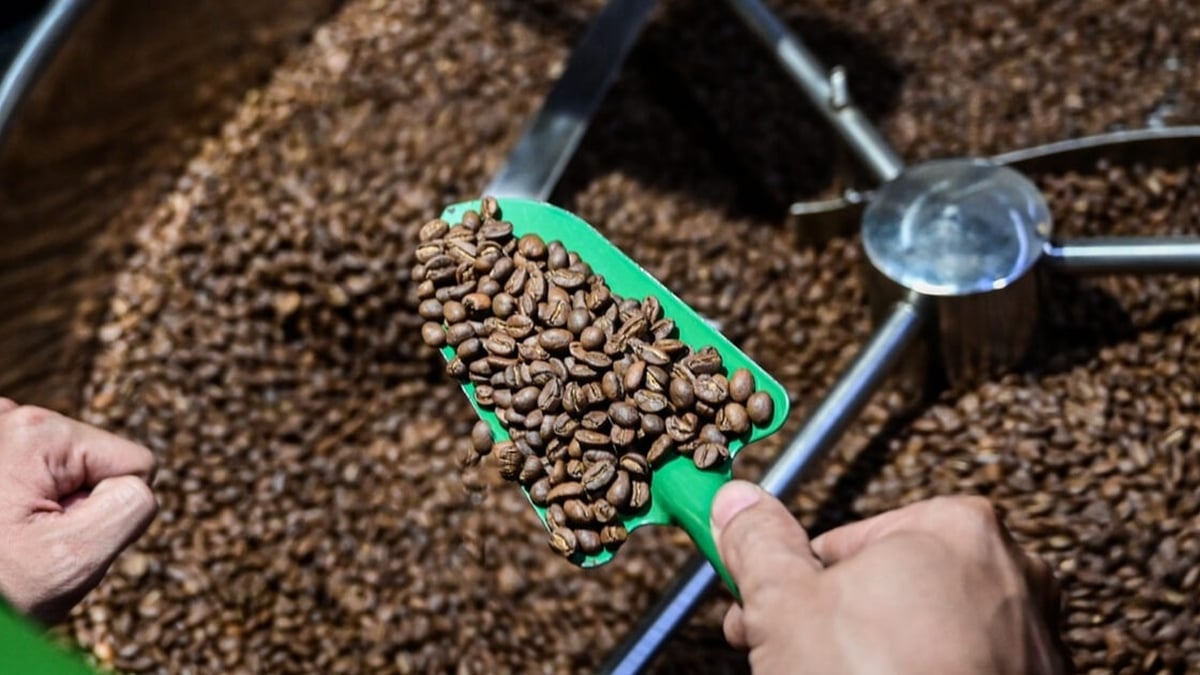
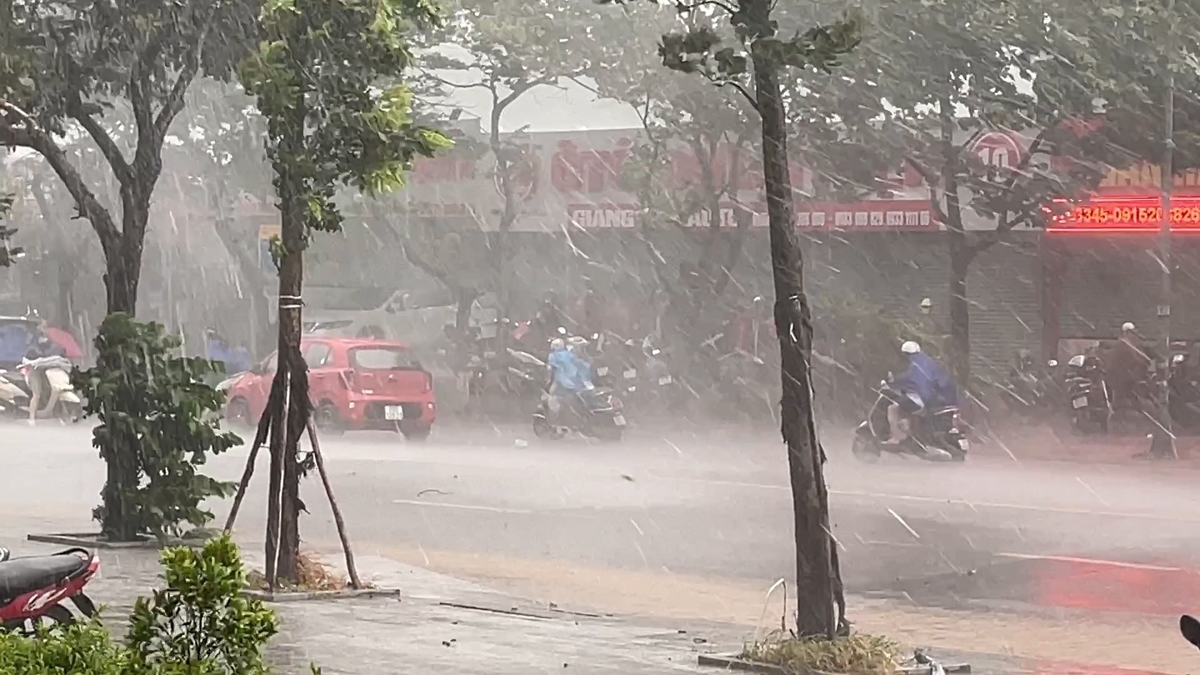
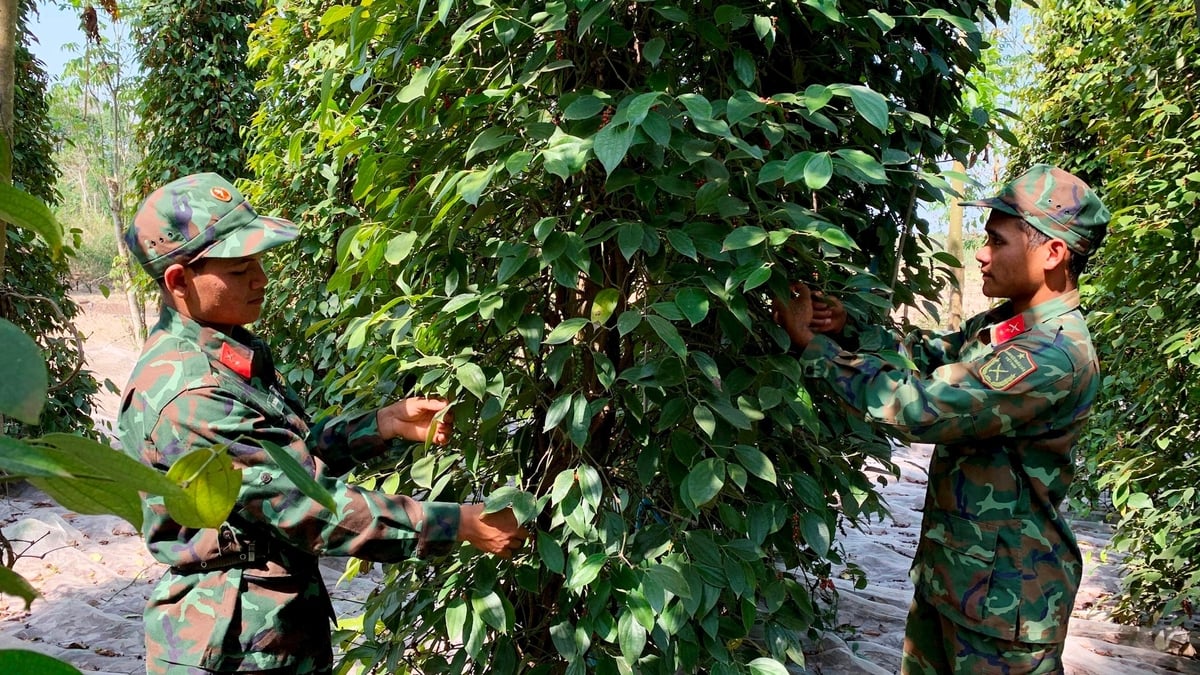
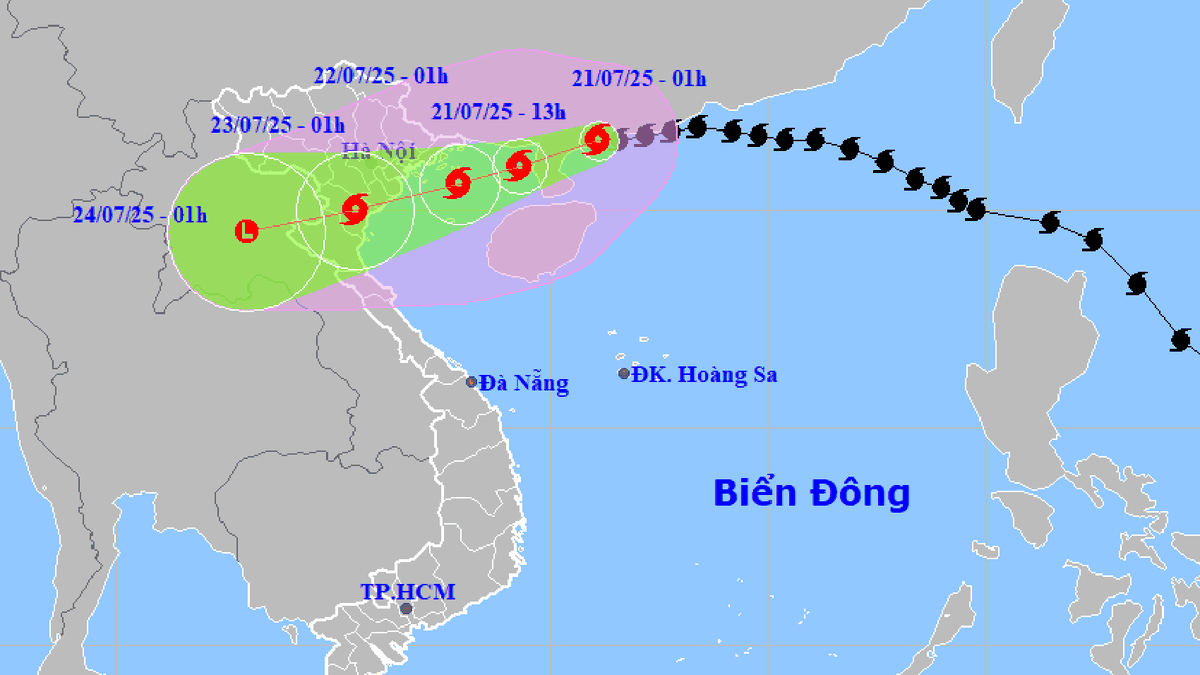

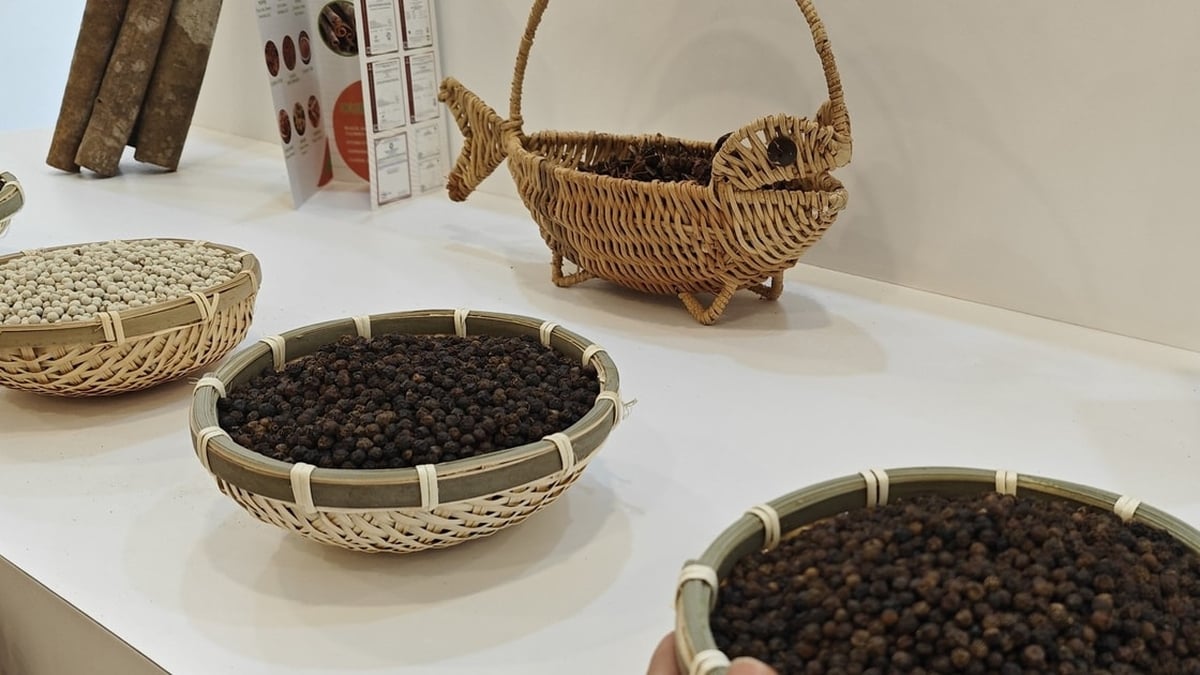
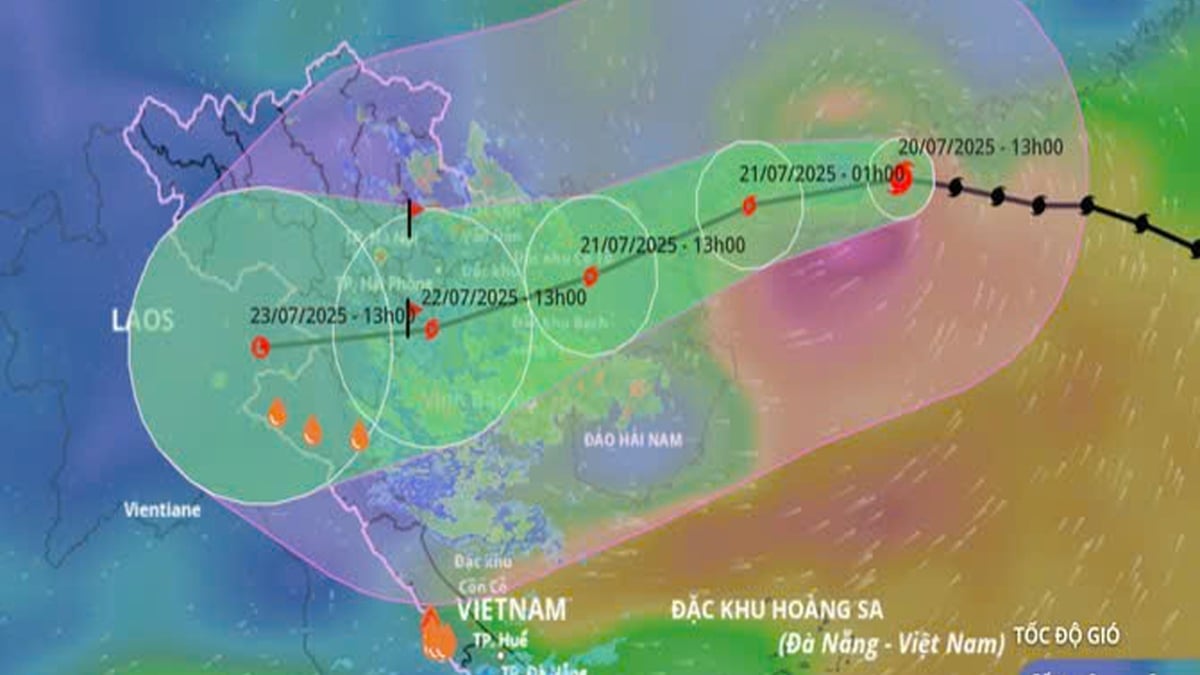


















![[Photo] National Assembly Chairman Tran Thanh Man visits Vietnamese Heroic Mother Ta Thi Tran](https://vphoto.vietnam.vn/thumb/1200x675/vietnam/resource/IMAGE/2025/7/20/765c0bd057dd44ad83ab89fe0255b783)



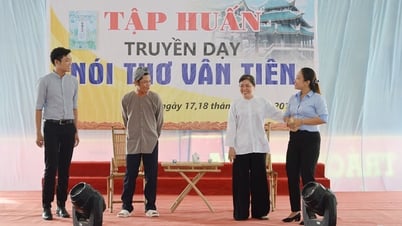

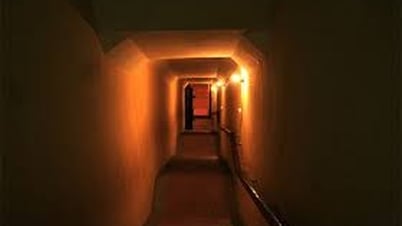

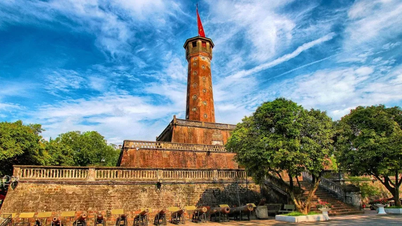

























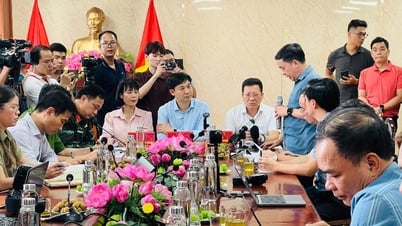
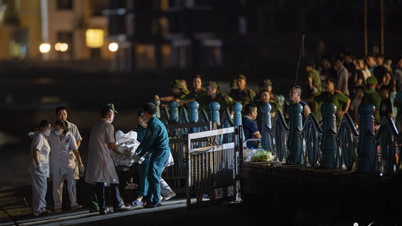
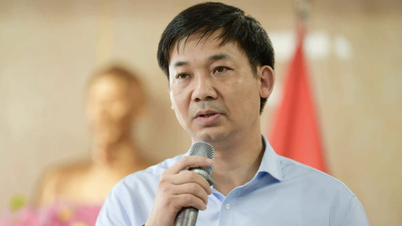
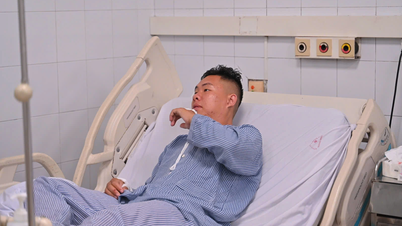
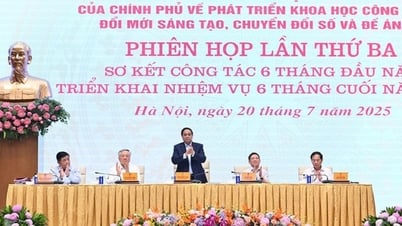

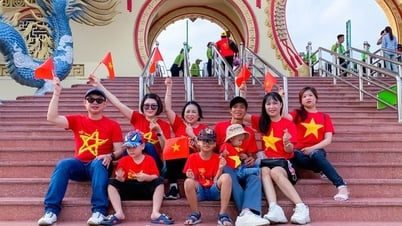


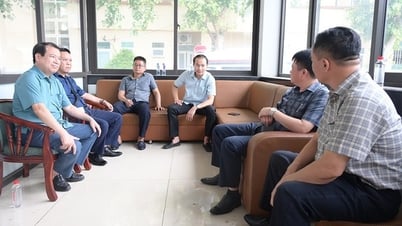


























Comment (0)